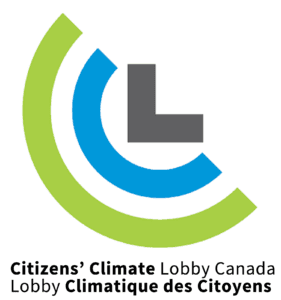Rural residents have a larger carbon footprint than urban dwellers, but suburban dwellers use more than both. [1] That’s because your carbon footprint is strongly related to how much money you make. Wealthy suburbanites tend to have the largest homes, fly further on vacation flights, and buy more stuff. Data from B.C. shows they even drive more than rural residents. [2] The difference becomes more apparent when you realize that only about 35% of Canadian household emissions come directly from burning fossil fuels (i.e. home heating and transportation).[3] Another 13% of our greenhouse gas emissions arise indirectly from the electricity we use, and the remainder is due to the goods and services we buy. In other words, half of the time we’re making a climate-relevant decision, we don’t even know it! This helps explains why wealth is so closely tied to your carbon footprint: wealthier Canadians can afford to buy more stuff. Approximately 50% of Canadians produce average or less than average CO2 emissions. However, when returning 100% of the revenue raised from an upstream fee as a monthly dividend to all Canadians, almost all Canadians would end up ahead. This is because Canada extracts much more carbon from the ground than we need to satisfy our own consumption. [4] And that extraction process itself emits greenhouse gases. Alberta’s carbon emissions are higher than Ontario’s even though it only has a third of its population, and much of the difference is in the extraction of oil and gas for export. [5] CCL proposes carbon fees to be applied at the wellhead, when fossil fuels first come out of the ground. Since we are such a large exporter of carbon, this would collect more than enough money to cover our increased cost of living, in Alberta and Ontario alike. Specifically in British Columbia, a March 2016 research paper reported that it is a myth that rural people are specifically disadvantaged by carbon pricing and there was no need to compensate them above the redistributive measures taken by the province of British Columbia in their revenue neutral carbon tax. [6] Putting a fee on carbon will raise the cost of living for everyone, but mostly for the suburban rich. This is because the poor are inherently more “carbon-virtuous” than the rich, since they have smaller homes, drive less, fly less, and buy fewer carbon-intensive products and services. The increase in prices encourages everyone, but especially wealthy individuals, to adjust their decision-making to reduce their carbon costs. Their dividend doesn’t change when they make those personal consumption choices, so although most will come out ahead no matter what, those who change their habits come out even further ahead. Further Reading:
LASER TALK: Impact of Carbon Fee and Dividend on Rural and Ordinary Canadians
Home » LASER TALK: Impact of Carbon Fee and Dividend on Rural and Ordinary Canadians







